Is Big Bang theory false or real? Did the origin of universe come from the biggest Explosion ever? Check facts
The most popular theory of the origin of the universe is the Big Bang theory. But how are scientists so sure about an event that took place 13.7 billion years ago? It turns out that the facts have always been around us.

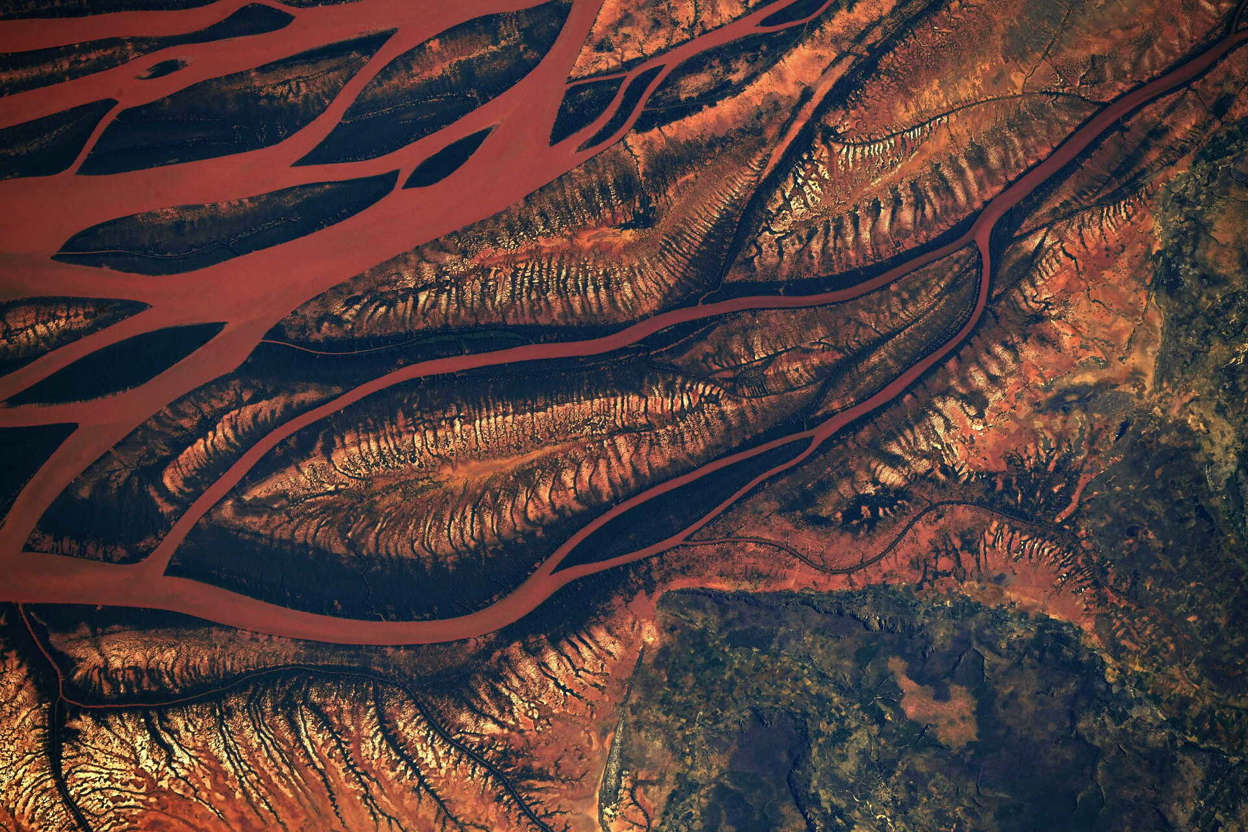

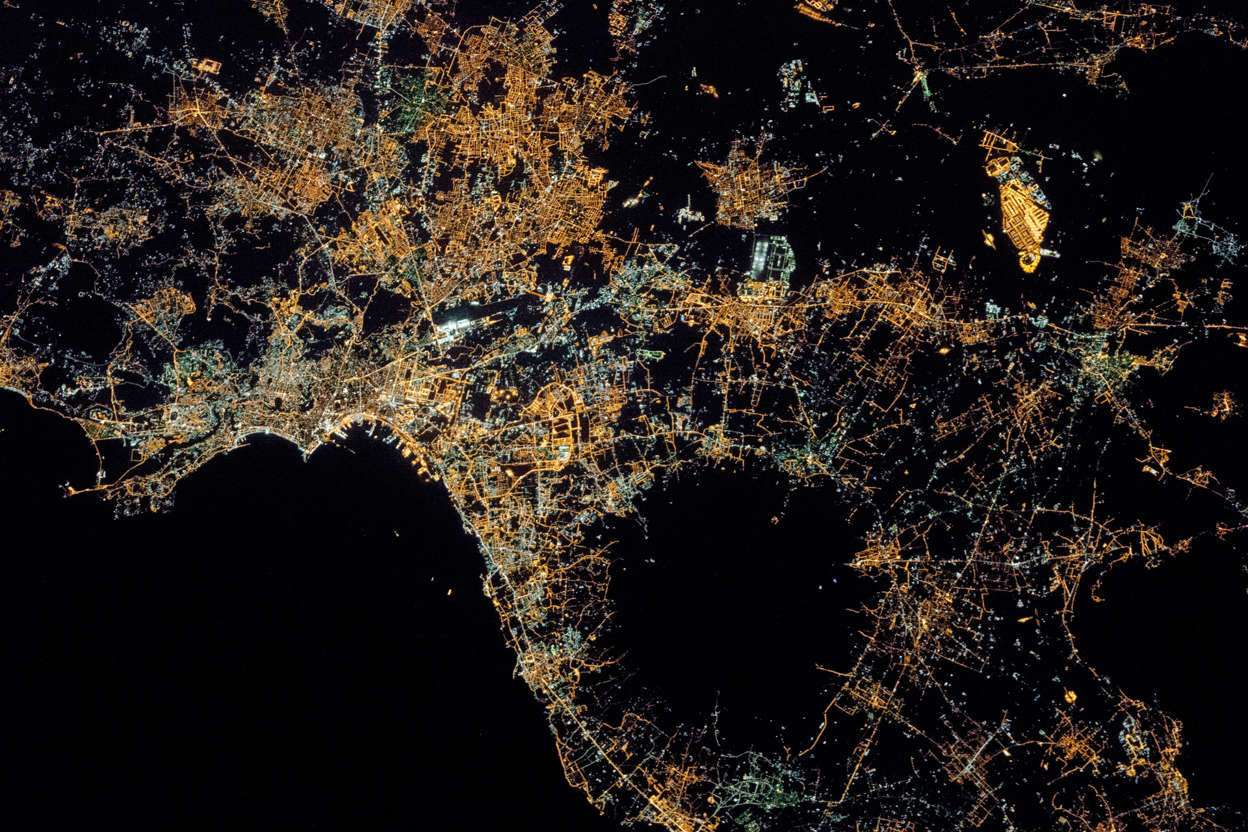
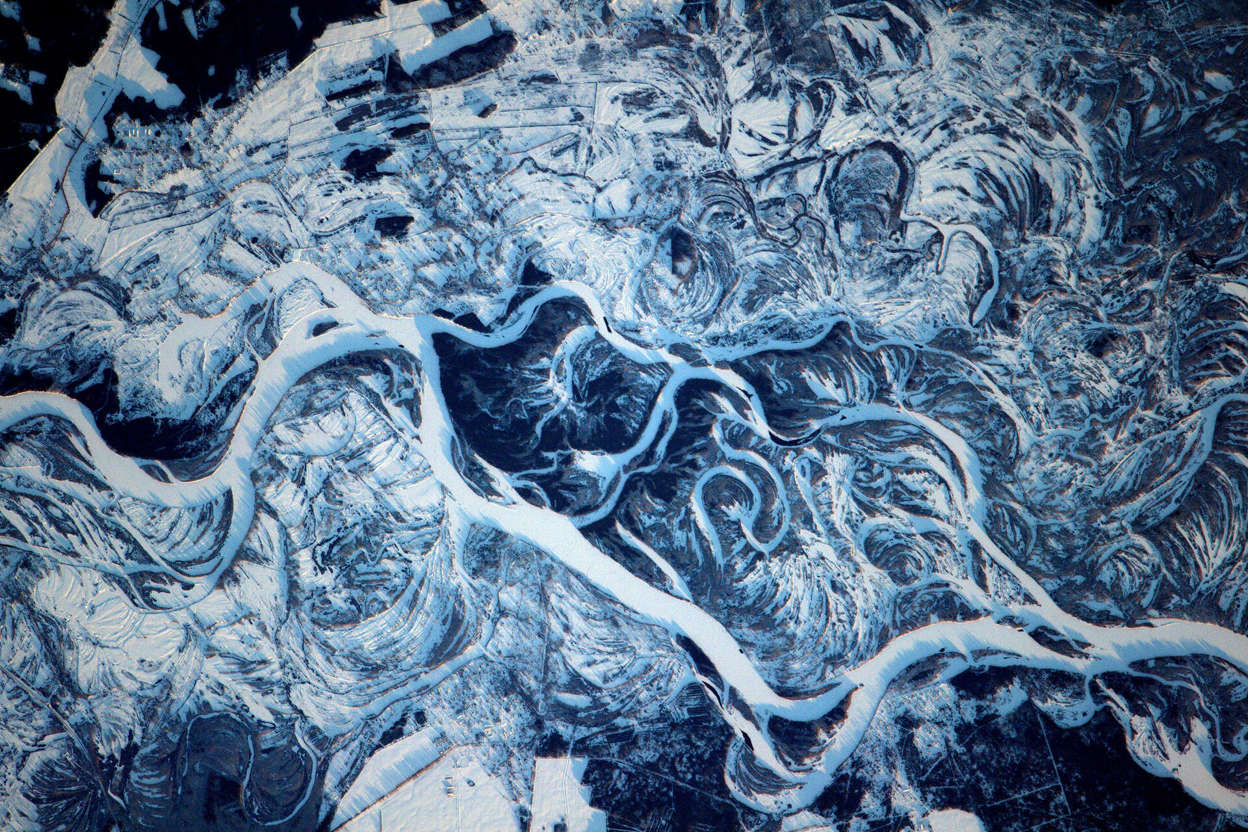
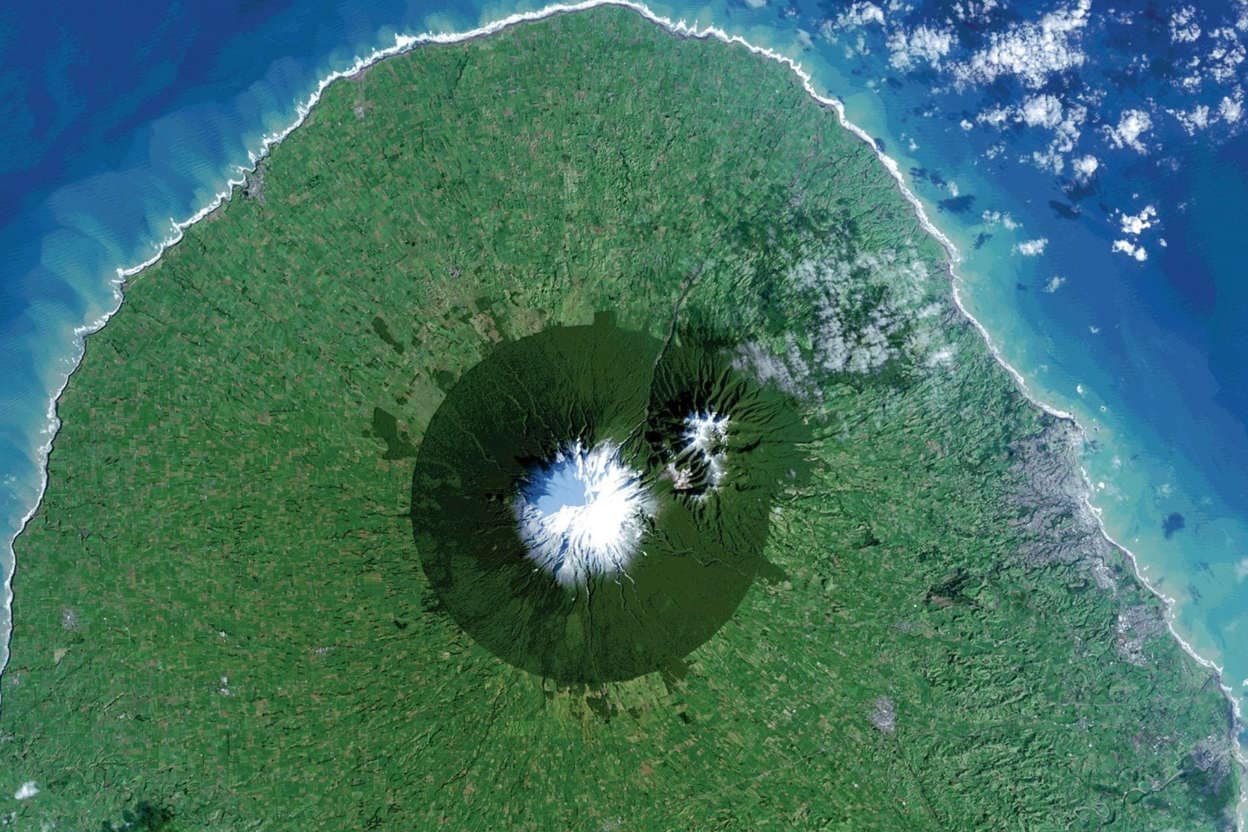
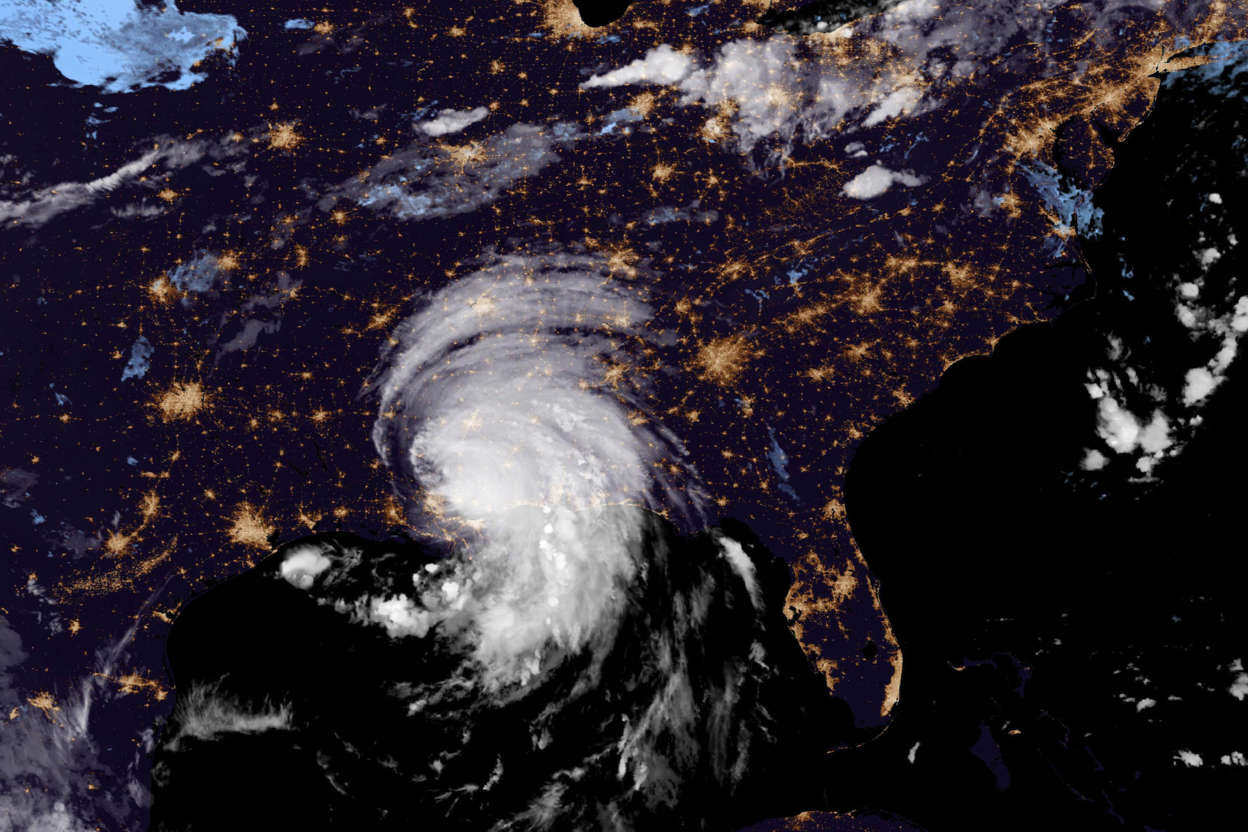
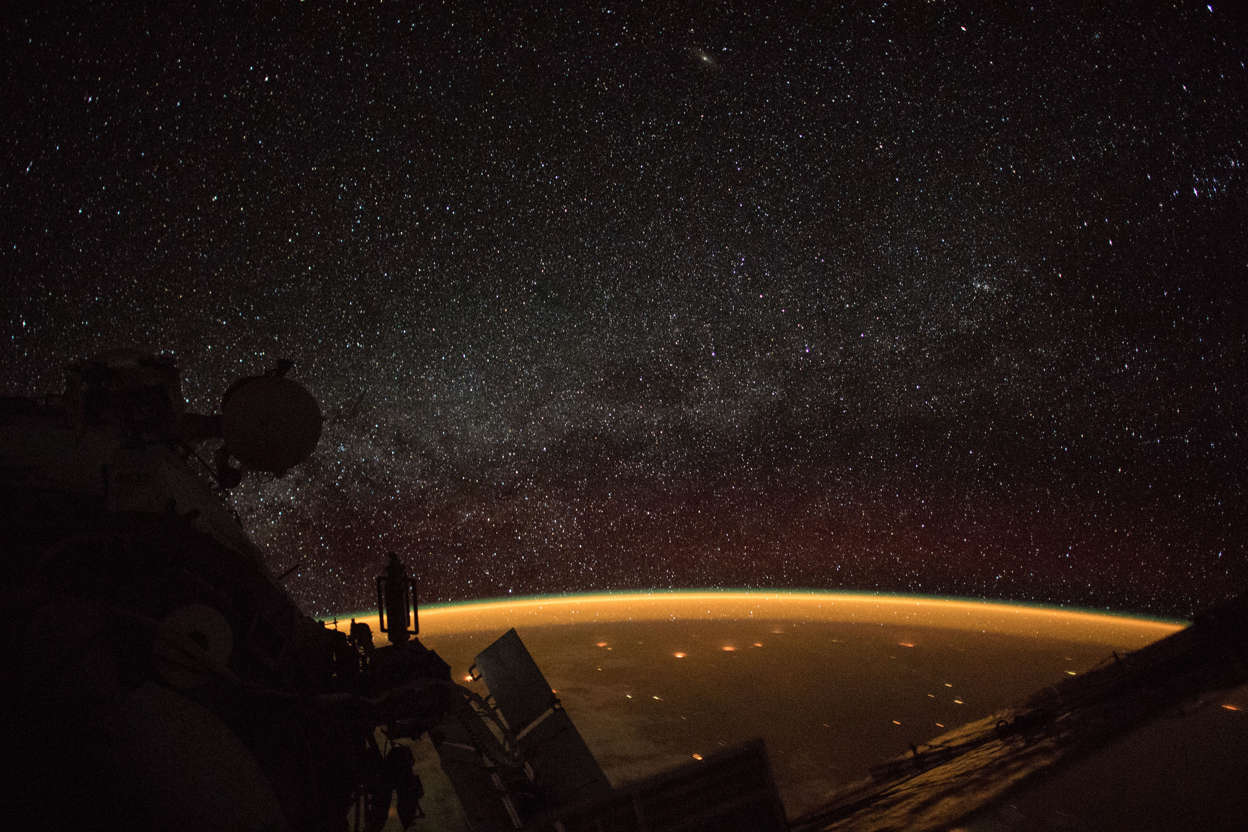
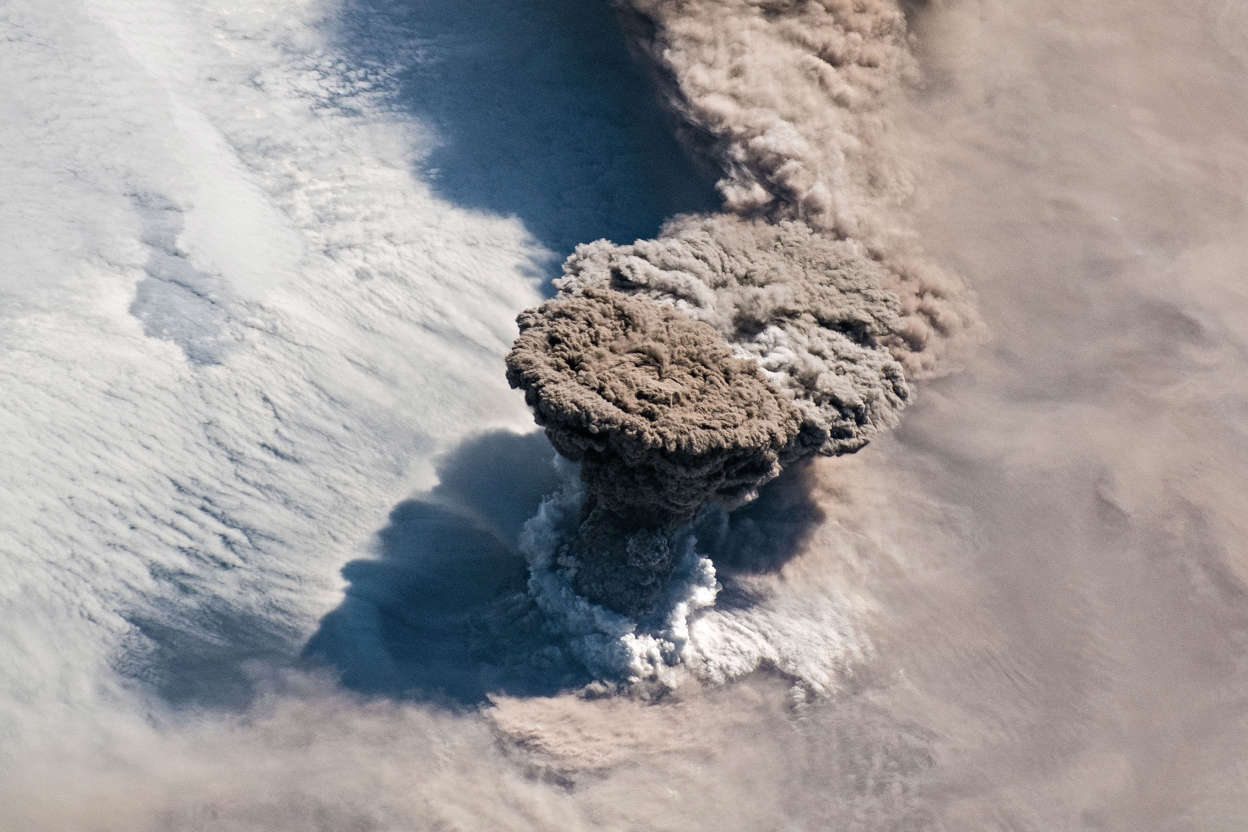
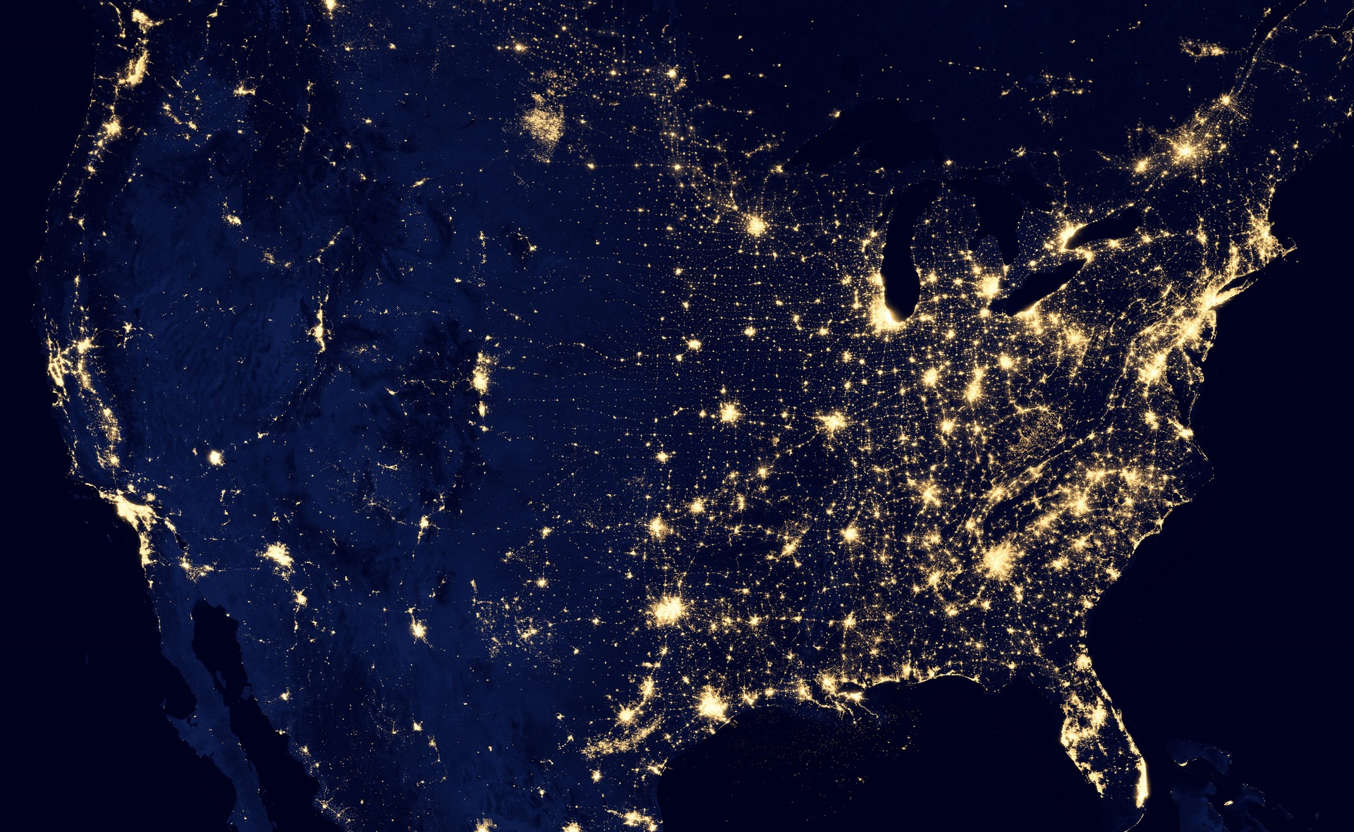

 View all Images
View all Images‘Where did we come from?' It is one of the oldest questions in human history that every discipline of knowledge from philosophy to theology to science has tried answering. Today, the Big Bang theory is the most accepted explanation for the origin of the universe. However, some have called the Big Bang theory false. Sadly, theories are all we have since it is not possible to travel back in time and see how the universe actually originated. And since it cannot be proven, many have been led to question whether Big Bang theory is real or not. And if the universe did not really explode into existence, then how did it?
Scientific community is not very bothered with these questions. The major reason is that we already have seen evidence that is in sync with the Big Bang theory. And as we increasingly explore the far corner of the universe, we come across more such evidence. Recently, the NASA James Webb Space Telescope observed the oldest galaxy — GLASS-z13, that existed just 300 million years after the Big Bang — which points towards the red shift, another evidence of the Big Bang theory.
So, what is this evidence and what is the red shift? Let us break down the technobabble and explain these in simple terms.
The evidence for Big Bang
According to the Big Bang theory, around 13.8 billion years ago, a the mother-of-all explosions took place in the dense structure of gasses and dust and that's how the first star formed and it started a chain reaction through which all the present stars, planets and galaxies were formed and that in itself created life somehow. The second part of the theory suggests that ever since the explosion took place, the universe is in motion and is expanding outwards — like how particles behave in an explosion.
Now, this is something we have observed using NASA Hubble and James Webb space telescopes. Galaxies and stars are all in motion. But just knowing they are moving does not prove that they're expanding outwards. And this is where the redshift comes in. According to scientists, the further a galaxy is, the faster it is moving away from us and the more red-shifted its light is. This general observation highlights that the further a galaxy is, the faster it is moving (hence the color in light with longer wavelengths such as blue and violet get scattered).
But this is not where the evidence ends. Using powerful telescopes, we can also see galaxies which are very close to the Big Bang theory. While we are not exactly looking back in time, due to the large distance between the object and us, even the light does not travel instantly. The light we receive to form the images are billions of years old as a result. Now, we know that the constituents of the gasses of these galaxies should be much different than the galaxies nearby. That is because the modern elements were formed inside the stars and since galaxies like GLASS-z13 have not had so much time, the gaseous content of their galaxy should be different.
Using spectrometry to analyze the light coming from these galaxies has told us that they are indeed made up of hydrogen and helium, the basic elements.
So, for now, the Big Bang seems to check all the boxes when it comes to observational consistency. Until we observe an anomaly that Big Bang cannot explain, this will remain as the most accepted theory for the scientific community.
Catch all the Latest Tech News, Mobile News, Laptop News, Gaming news, Wearables News , How To News, also keep up with us on Whatsapp channel,Twitter, Facebook, Google News, and Instagram. For our latest videos, subscribe to our YouTube channel.




















